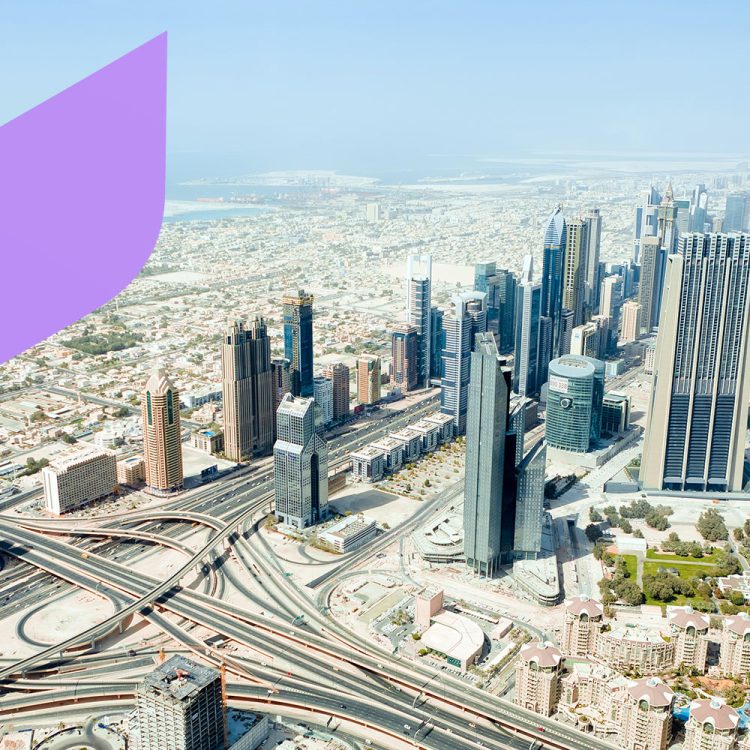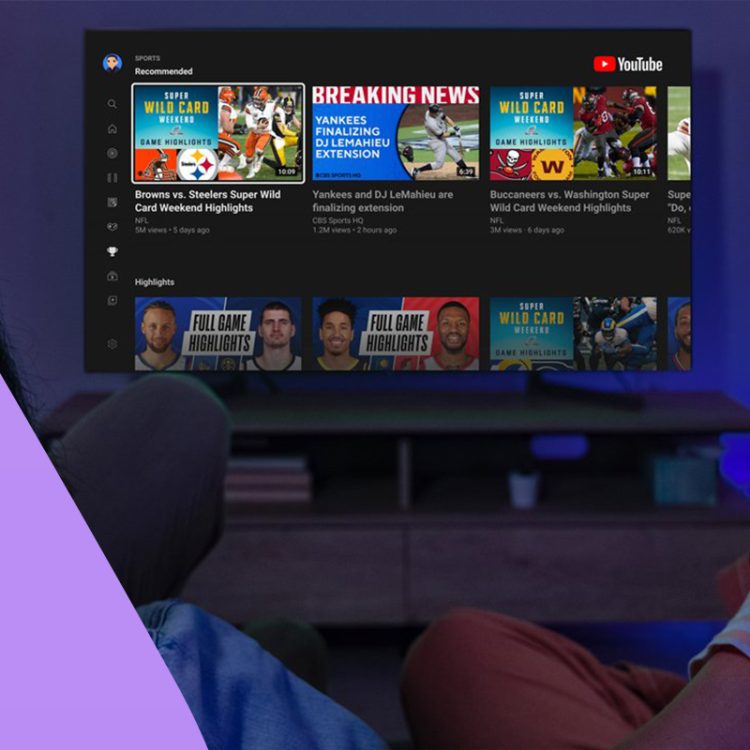MEA Advertising Landscape
Adflow Media provides a dedicated Television Middle East & Africa marketplace, taking into account the regional specifics in terms of:
1. Market Diversity
Variety of Markets:
The MENA region encompasses a diverse range of markets from affluent Gulf countries like UAE and Saudi Arabia to developing economies like Egypt and Jordan. This diversity affects consumer behavior, media consumption patterns, and advertising strategies.
Language Nuances:
Arabic is the predominant language, but it has numerous dialects that vary significantly across regions. French is also widely used in countries like Morocco, Tunisia, and Algeria. Effective advertising must often be localized not just to a country but to specific dialects


2. Digital Penetration and Media Consumption
Growing Digital Usage:
There is a significant digital transformation occurring across the region, with a rapid increase in mobile penetration and internet usage. As of 2021, the UAE and Saudi Arabia have some of the highest social media usage rates globally.
Traditional vs Digital Media:
While traditional media like TV and newspapers remain popular, especially among older demographics, there’s a shift towards digital platforms, particularly among the youth. This shift impacts where and how advertisers spend their budgets.
3. Cultural and Religious Influence
Cultural Sensitivity:
Advertising content must be culturally sensitive, avoiding themes that conflict with Islamic values. This includes considerations around modesty, portrayals of genders, and the representation of certain lifestyles.
Religious Events:
Ramadan and Eid have a significant impact on consumer behavior, leading to spikes in media consumption and shopping. Advertisers often plan major campaigns around these periods..


4. Regulatory Environment
Advertising Regulations:
MEA countries have strict regulations regarding advertising content, especially related to alcohol, tobacco, and culturally sensitive material. There are also specific rules about advertising during religious periods like Ramadan.
Data Privacy Laws:
Regulations around data privacy are becoming more stringent. Advertisers need to be aware of and comply with local laws regarding consumer data.
TV Content Landscapes
1. Television Dominance
Mainstream Media Powerhouse:
Despite the rise of digital, television remains a dominant force in MEA. It is a primary source of entertainment and news for many, particularly during key times such as Ramadan.
Popular Programming:
Soap operas, dramas, reality TV, and news are highly popular. Many TV channels commission special series during Ramadan, which achieve high viewership ratings.


2. Regional Broadcast Giants
Leading Networks:
Networks like MBC Group, Al Jazeera, and Al Arabiya dominate the landscape, offering both localized content and international programming adapted for regional viewers.
Pay TV and Satellite:
There is a significant presence of satellite TV, with services like OSN offering premium content. However, piracy and illegal streaming have been challenges in monetizing content effectively.
3. Shifts Towards Digital
Streaming Growth:
The popularity of streaming services like Netflix, STARZPLAY, and local platforms like Shahid has grown, offering international and regional content on-demand.
Impact on Advertising:
The shift towards streaming impacts traditional TV advertising revenues but opens opportunities in digital ads tailored for these platforms.

How AdFlow Media Ensures Quality Ad Insertions and MEA Compliance through Adflow360 Marketplace
Adflow Media is committed to delivering high-quality ad insertions that strictly comply with MEA cultural values and regulations. Here's how we achieve this through our advanced SSAI (Server-Side Ad Insertion) technology:
1. Comprehensive Compliance Framework
Cultural Sensitivity Filters:
Utilize machine learning algorithms to detect and exclude sensitive or offensive content, ensuring compliance with Islamic values and local traditions.
Language Localization:
Implement natural language processing (NLP) to detect and serve ads in the preferred language/dialect of the audience, enhancing engagement.


2. Advanced Audience Targeting
Demographic Targeting:
Integrate demographic data with third-party data providers to align ads with appropriate age, gender, and income brackets.
Behavioral Insights:
Leverage first-party data from publishers and DMPs to deliver ads based on user interests and historical behavior.
3. SSAI Content Rules
Contextual Matching:
Match ads to the surrounding video content using IAB Content Taxonomy standards and semantic analysis.
Frequency Capping:
Implement server-side frequency capping logic to limit the number of times an ad is shown to each user.


4. Regulatory Compliance
Ad Approval Process:
Follow a multi-layer approval process involving internal and third-party content reviewers. Use IAB Content Quality and Ad Verification standards for consistent and accurate classification.
Geographic Restrictions:
Implement IP-based geofencing to serve region-specific ads according to regulatory guidelines.
5. Brand Safety Measures
Whitelist and Blacklist Management:
Maintain comprehensive whitelists of trusted content and blacklists of unsafe categories using IAB Tech Lab’s Ads.txt and Sellers.json standards.
Ad Verification Partners:
Collaborate with third-party verification partners like Double Verify, IAS, and MOAT to monitor and enforce brand safety.


6. Dynamic Ad Insertion (DAI) Strategy
Content Adaptability:
Adapt ad creatives dynamically based on the user’s device, platform, and profile using VAST 4.2 (Video Ad Serving Template)
Real-Time Optimization:
Continuously optimize ads using real-time bidding (RTB) algorithms and predictive analytics.
7. Creative Quality Assurance
Pre-Launch Testing:
Test creatives using IAB’s Video Ad Formats and Guidelines to ensure compatibility and performance across devices and platforms.
High-Quality Creative Standards:
Require all ads to meet IAB quality standards in terms of resolution, format, and messaging.


8 Fraud Prevention
Bot Traffic Detection:
Utilize device fingerprinting and honeypot detection techniques to detect and eliminate bot traffic.
Ad Fraud Monitoring:
Monitor for signs of ad fraud like click fraud and impression laundering using machine learning models and IAB’s Ads.txt/Sellers.json frameworks.
Human Media Guard:
Employ prebid filtering and post-impression analysis to further ensure ad integrity.
9. Ad Filtering and Mechanics
IAB Content Categories:
Apply IAB content categorization filters to ensure ads comply with specific content guidelines for each category.
Creative Standards Verification:
Verify ads against IAB’s Ad Verification guidelines to maintain high creative standards.
VAST Compliance:
Enforce VAST (Video Ad Serving Template) compliance for all video ads, ensuring proper ad delivery and playback.


10. User Experience Optimization
Buffer-Free Playback:
Implement predictive buffering and adaptive bitrate streaming for seamless ad playback.
Ad Lenght Variation:
Dynamically adjust ad lengths using machine learning to match user attention spans and improve engagement.
OpenRTB Support:
Support OpenRTB protocol for programmatic ad transactions, ensuring transparent and efficient bidding.